The past year we have witnessed a radical redefining of the ‘traditional workplace.’ Gone are the days of cubicles and water coolers, now replaced with makeshift home offices, zoom calls and never-ending notifications as we take our jobs – our lives – virtual. This new reality brings both challenges and opportunities. However, moving to virtual teams without proper planning and ongoing support by management and the organization can create an environment of conflict. Let’s consider some common causes of conflict and what we can do about each of them.
Common Causes of Conflict in Virtual Teams
- Limited Context & Nuance: One of the biggest challenges with a virtual workplace stems from communication across digital mediums such as email, text messages, instant messaging (e.g. Slack), and other collaboration platforms that fail to provide context and nuance.Communication across these platforms is largely asynchronous and can create a delay between sending a message and receiving a response. While waiting, the sender of the message might misinterpret the speed of response and ultimately jump to conclusions based on the pace, style, and tone of the eventual reply thereby triggering conflict. In addition, most digital tools fail to provide insight into body language, tone, posture, facial expression, and hand gestures. Without those visual cues, colleagues may over-analyze and misinterpret the message. Right away judgments are made and conflict can begin to fester. The use of video conferencing tools such as Zoom and WebEx can help bridge the gap, but an over-reliance on other digital communication tools can lead to conflict due to a lack of context and nuance.
- Missing Communications Guidelines: Another source of conflict among virtual teams is a lack of established norms and guidelines around communications. Employees are generally well versed in terms of communications do’s and don’ts for in-person interactions in an office environment. When teams shift to a virtual environment, communications might go out the virtual window as employees struggle with using a myriad of communication tools to collaborate with fellow team members. Without established communication norms and guidelines, virtual team members can fall victim to over-communication. In addition, teams may lack consistency in the use of platforms for specific use cases (e.g. Video calls and screen sharing for collaborative meetings, instant messages for quick questions) leading to communication overload that can result in conflict.
- The Missing Water Cooler: Employees in the office benefit from casual conversations with colleagues at the proverbial water cooler. Relationships are solidified via informal conversations that can cover an array of personal topics and also curate connections between employees across silos and among people who don’t regularly collaborate. Doing so fosters stronger bonds among teammates and creates a sense of “us” across an organization. On the other hand, virtual calls and meetings tend to jump immediately into the business aspects of the meeting and generally provide less time for the personal conversations that help create strong relationships across teams and the organization. Stronger relationships characterized by empathy and mutual support will help individuals overlook communication gaffes and misunderstandings resulting from terse digital communications. Not having enough time to connect on a personal level can create transactional relationships that are ripe for misunderstanding and conflict.
- One Size Fits All Communications Style: The tendency for team members to use a one size fits all communication style in place of a nuanced, agile approach is another cause of conflict in virtual teams. This is a common issue within in-person teams, but it is even more pronounced among virtual teams who don’t have the benefit of visual cues that might prompt the use of a different style based on past interactions and real-time insight into what style will work best in the moment. For example, colleagues who prefer direct communication focused on outcomes and performance will trigger conflict with colleagues who are more deliberate and prefer loads of detail and data. On other hand, if the same performance-focused colleague is intentional about being less direct and is sure to include key details around assumptions and background research, conflict can be avoided. The application of Relationship Intelligence (RQ) is critical to enable nuanced and flexible communication across an organization and will reduce conflict within teams.
- Assuming Virtual Teams Work the Same as In-Person Teams: Another conflict trigger among remote teams is leadership’s often false assumption that virtual teams will function the same as in-person teams. While remote teams have the potential to function as well as their in-person counterparts, leaders and managers need to spend extra time establishing a shared vision and goals for their teams as well as the roles and responsibilities for each team member. Physical proximity among teammates lends itself better to collecting input and ensuring alignment on a new strategy or initiative. Virtual team leaders will need to dedicate time both in team meetings as well as one-on-one to ensure alignment across the team. Failing to do so will create conflict as remote team members will be working off a different set of goals and assumptions and perhaps even working against the mission of the team and organization overall.
The shift to remote employees and teams has the potential to benefit any organization, but it can also create conflict without proper planning and support. To learn how your company can adopt Relationship Intelligence (RQ) to avoid conflict and build world-class virtual teams, schedule a meeting with a Core Strengths team member today








